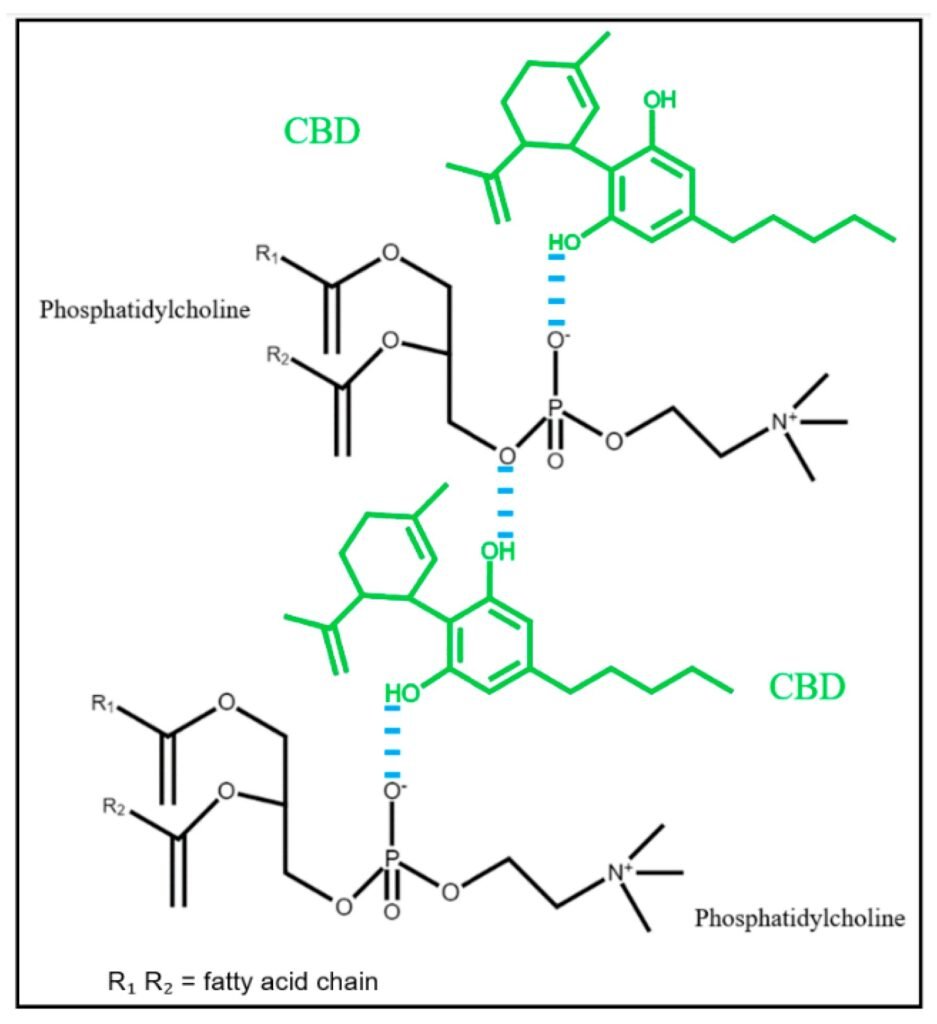The University of South Australia has made a groundbreaking discovery that could revolutionize the treatment of epilepsy, multiple sclerosis, and other neurodegenerative diseases using cannabidiol (CBD). CBD, a non-psychoactive compound found in the cannabis plant, is known for its analgesic, anti-inflammatory, and neuroprotective properties. However, its clinical applications have been limited due to poor water solubility and absorption in the human body.
In a recent study published in the International Journal of Molecular Sciences, researchers at UniSA developed a phospholipid complex to enhance the solubility and absorption of CBD. This complex increased the solubility of CBD by up to six times and improved its absorption in the gastrointestinal tract. Lead researcher Professor Sanjay Garg explained that this breakthrough could lead to more consistent and effective results with lower doses of oral CBD medications.
Traditionally, only a small fraction of orally ingested CBD reaches the bloodstream, limiting its therapeutic effects. Various formulations have been explored to improve bioavailability, but the phospholipid complex developed by the UniSA team showed significant enhancements in drug release and absorption through the intestinal wall. Additionally, the new delivery system demonstrated stability over time, ensuring potency and shelf life.
Ph.D. candidate Thabata Muta, the study’s first author, highlighted the potential benefits of this innovation, including reduced side effects, cost-effective treatment, and enhanced bioavailability for other poorly water-soluble drugs. With the global CBD market expected to grow substantially in the coming years, the findings of this study could have a significant impact on the future of CBD-based therapeutics.
The research team is now exploring opportunities for commercialization and clinical trials to validate their new formulation. This discovery has opened up possibilities for improving the absorption of various medications and could pave the way for more effective treatments in the future. For more information on this groundbreaking research, refer to the study published in the International Journal of Molecular Sciences.


